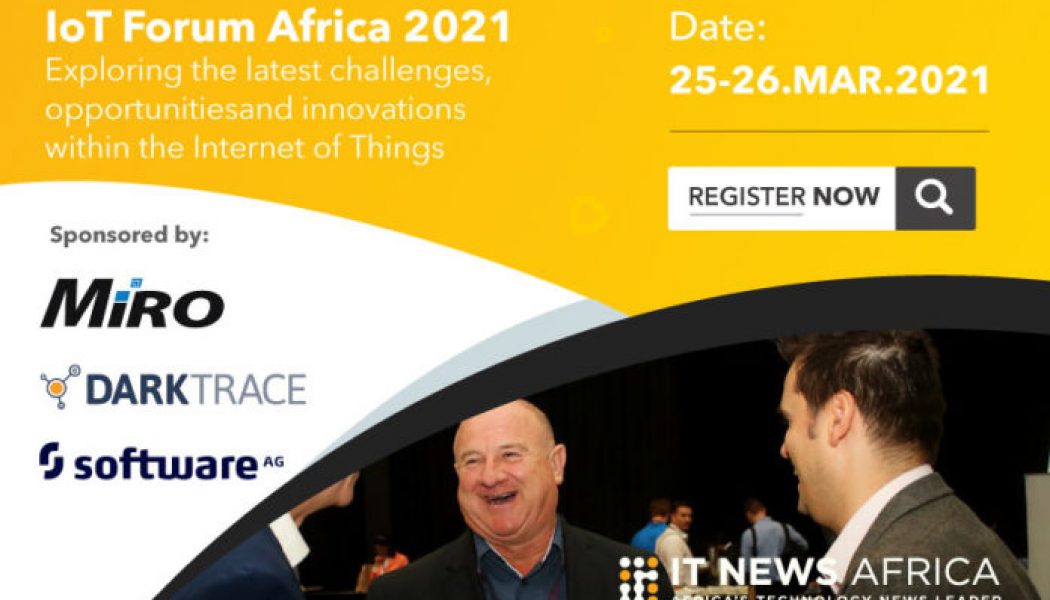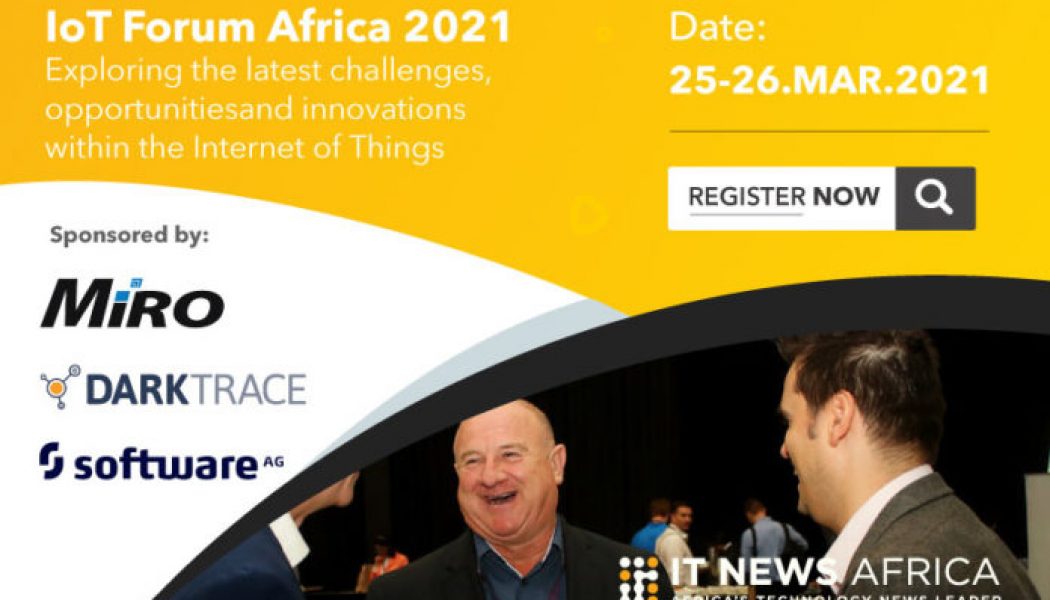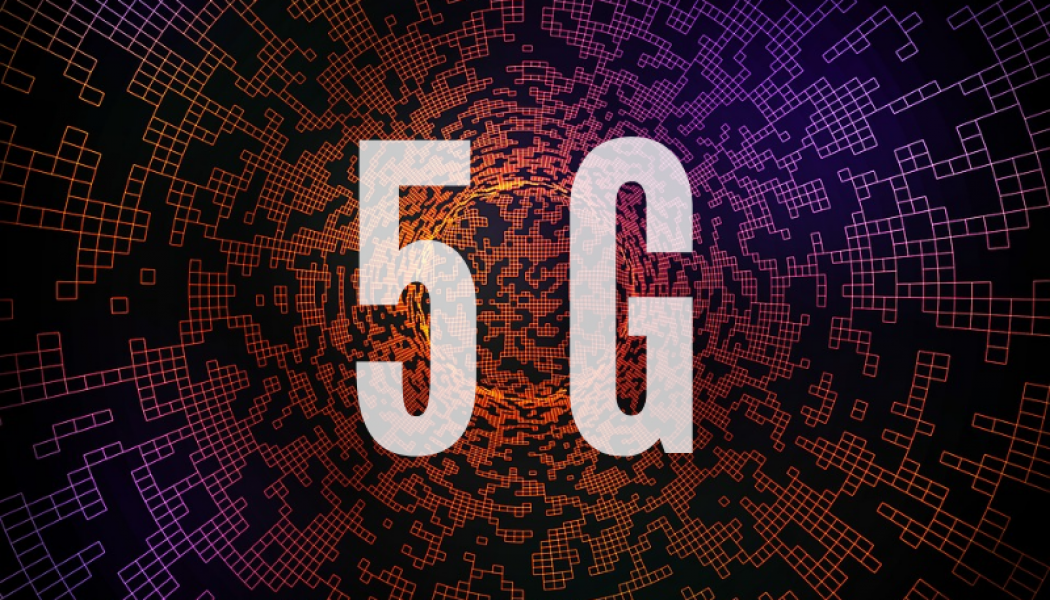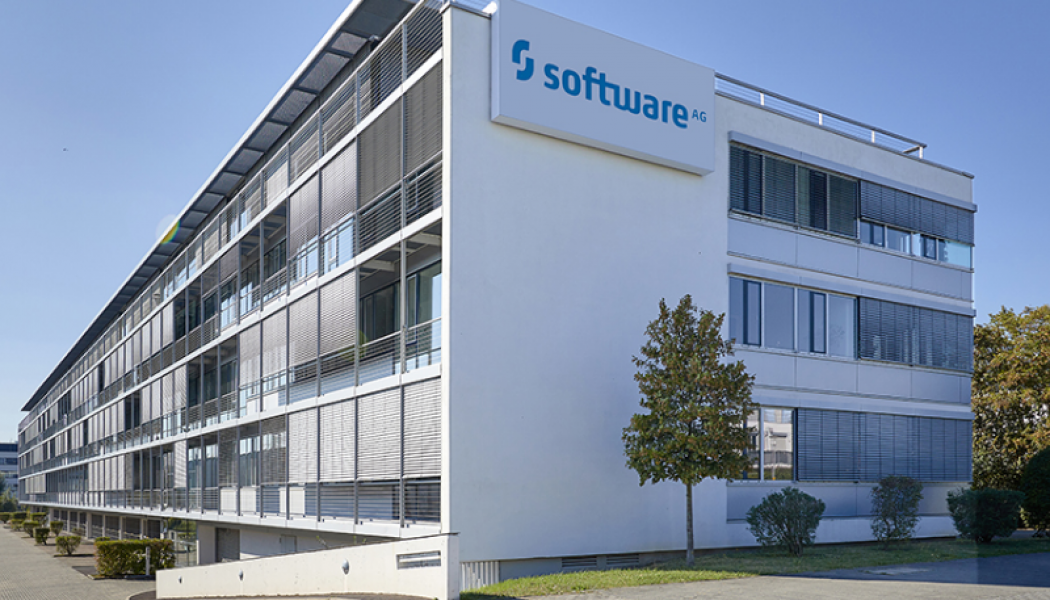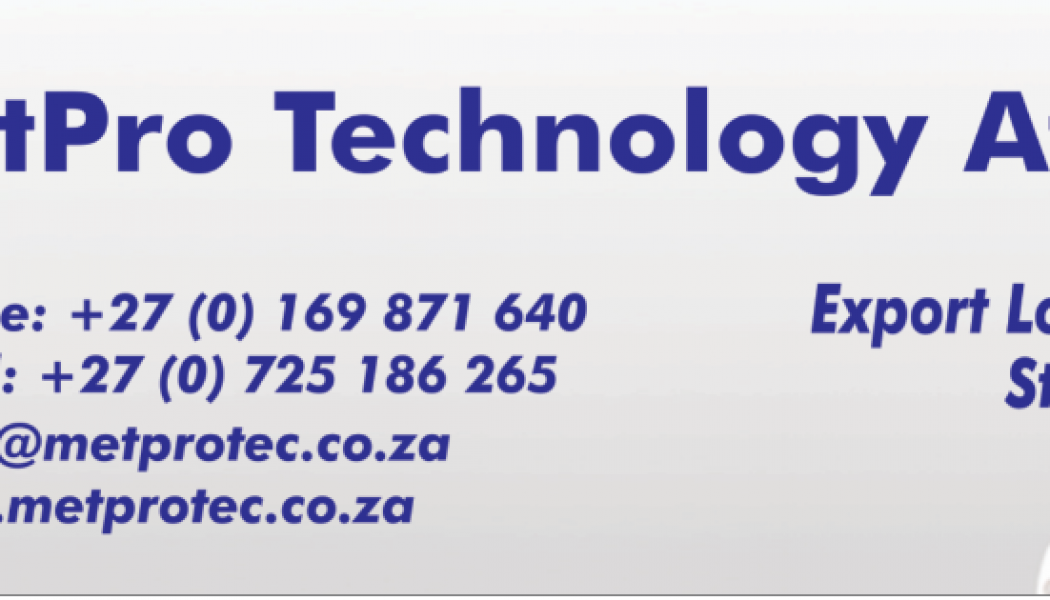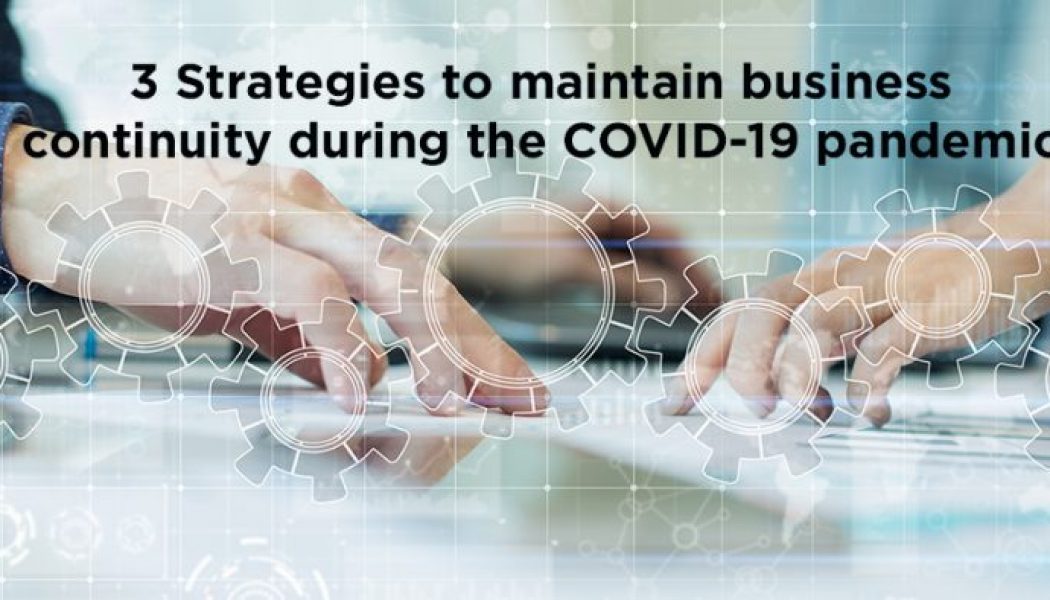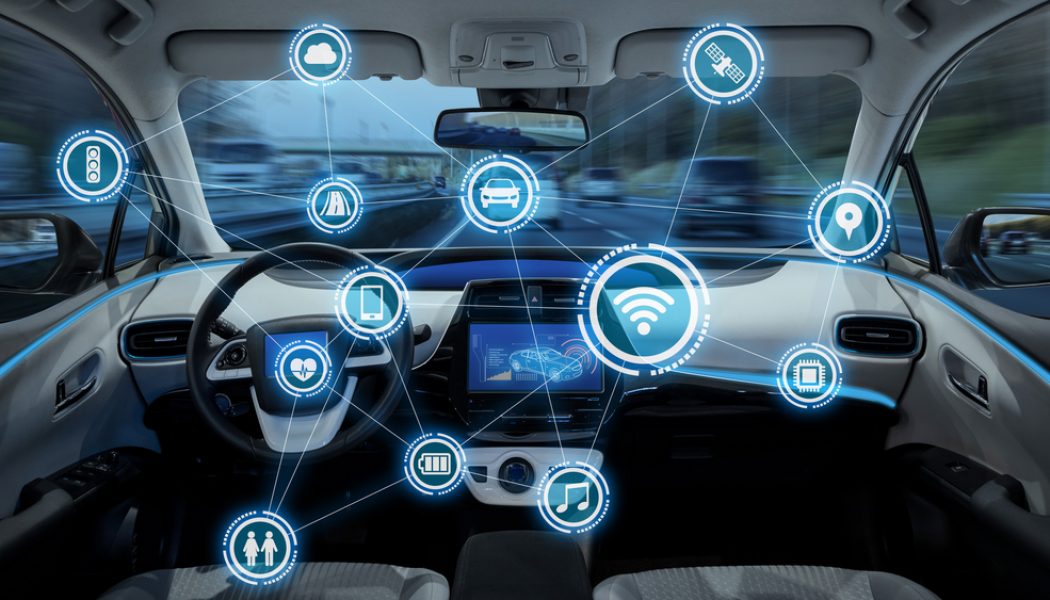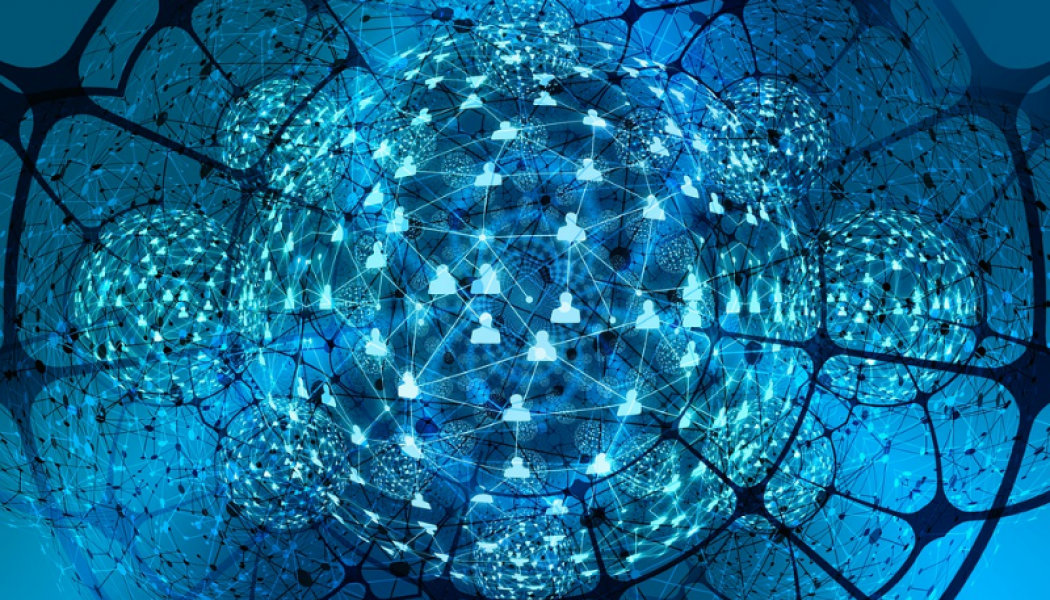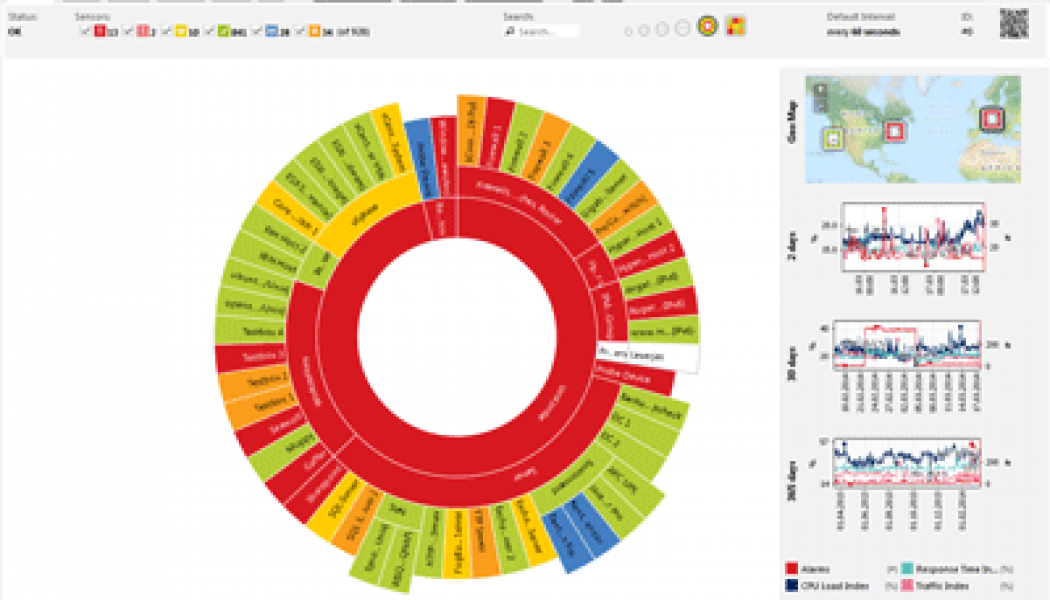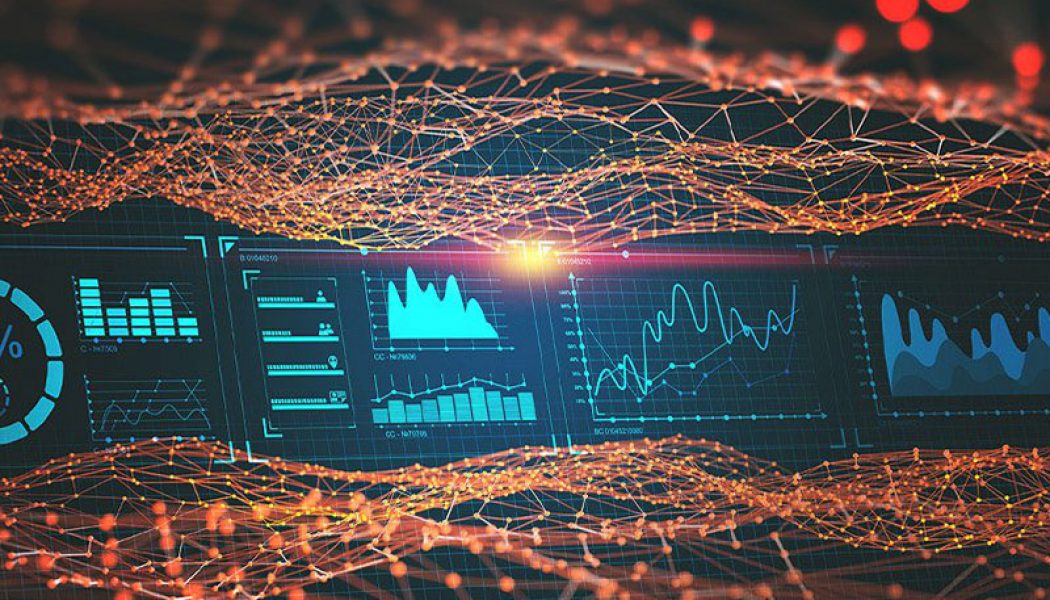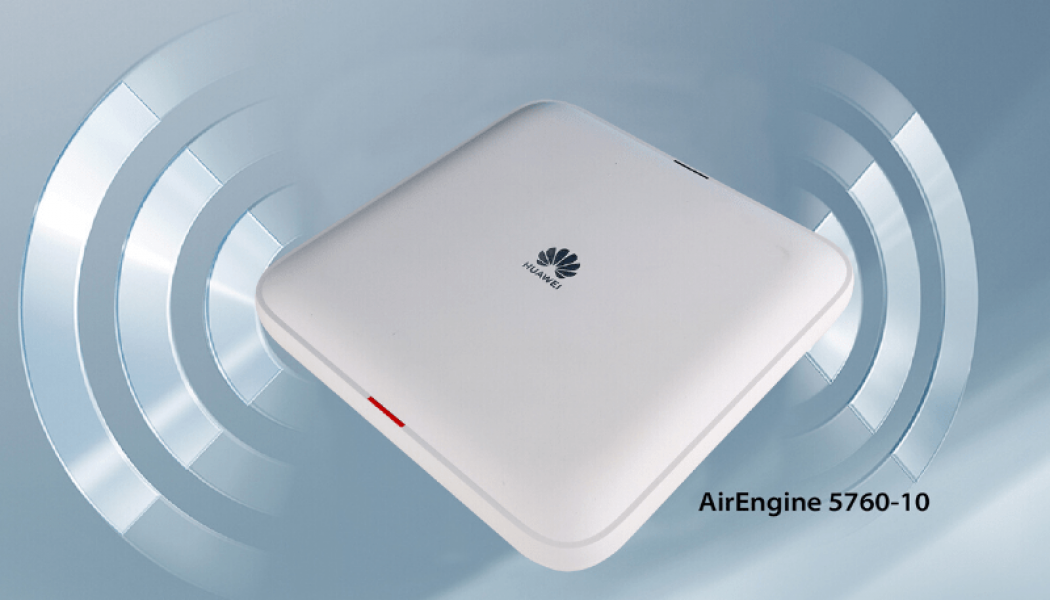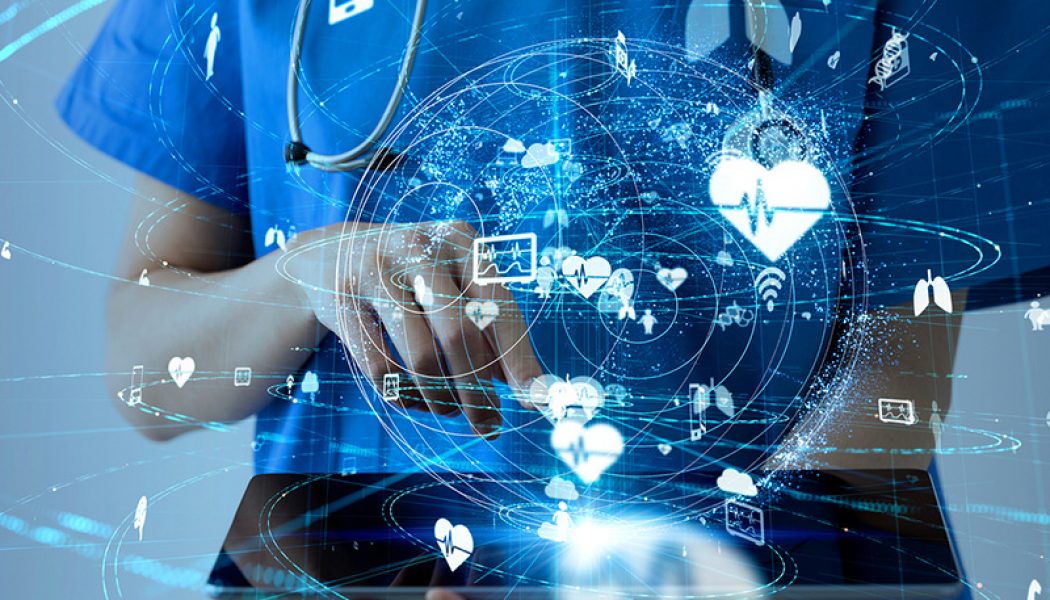Internet of Things
Internet of threats – cybersecurity measures in the IoT landscape
Internet of Things (IoT) refers to any object or device that is connected to the Internet. This rapidly expanding set of “things” – which capture, send and receive data – includes cars, appliances, smartwatches, lighting, home assistants, home security, and more. It’s predicted that by 2025, there will be 41.6 billion units of IoT connected devices worldwide. Internet-connected devices can make us more efficient, save time and money, and allow us connectivity from almost anywhere, but they also require that we share more information than ever. The security of this information, and the security of these devices, is not always guaranteed. Once a device connects to the Internet, it could be connecting to all sorts of risks. As the number of connected devices increases, especially as more peop...
Why Technology is Key to Maintaining Business Continuity during the Pandemic
The COVID-19 pandemic has forced almost all businesses to change their working practices and priorities in a matter of weeks, with the findings from the 2020 Internet of Things (IoT) Spotlight report showing that 71% of SA adopters increased the pace of IoT projects during this time. Adopters clearly believe IoT was vital to keep them going: 88% said the technology was key to maintaining business continuity during the pandemic. As a result, the majority of adopters (91%) now view the integration of IoT devices with workers as a higher priority and 83% of SA businesses considering this technology agree the pandemic will accelerate their adoption of it. IoT is key to improving business performance in South Africa The Vodafone Business research findings are clear: IoT continues to generate va...
The Role of Connected Technologies in the Automotive Sector
After many months of downtime, the much-anticipated resumption of major motorsport races has begun. However, like all other real-world sports, there have been various changes brought about because of the COVID-19 pandemic. For example, a series of amendments were made to almost everything in Formula 1 – from the race-start procedures and team operational rules to podium ceremonies. Some say the Coronavirus may change motorsports forever. However, what has already changed both motorsports and vehicles forever is connectivity, which has thrived in the past decade. How did the decade change both racing and ordinary cars? Motorsport enthusiasts may characterise the past decade as the era of two outstanding racers – Sebastian Vettel and Lewis Hamilton. But for F1 engineers and the bigger backst...
Why PRTG Network Monitoring is Crucial for Efficient IT Systems
The IT sector has been forced to gear up for a major increase in connected devices as more organisations around the world look at replacing traditional offices with remote working solutions. This work-from-home migration — triggered by the coronavirus pandemic — means that there more business-critical devices supporting crucial IT networks scattered across the globe than ever before. And while these connected technologies make doing an honest day’s work easier for employees, it’s also an unprecedented challenge for IT teams who need to keep track of their networks in order to minimize downtime and secure any cyberthreats. With this in mind, ITNA recently chatted to Reagan Ndangi, account manager at Value-Added Distributor ASD, about exactly what PRTG Network Monitoring is...
How Tech is Changing the Mining Industry’s Future
Sourced from Mining Weekly. The mining industry across the globe is currently undergoing a technological paradigm shift. Mines of the future will require advanced technologies and mining operators are all set to embrace the new digital technologies to gain a competitive advantage. For centuries, mining has provided us with the raw materials that have enabled us to develop our economies and build communities. Mining as an industry has been maturing over the last few decades on the back of an ever-increasing demand for resources on one side, and a need for sustainability on the other. Even though there have been challenges in the South African mining industry for several years, it still employs nearly 5% of South Africa’s employed workforce, makes a significant direct contribution to GDP, si...
Building High-quality Networks with Huawei’s WiFi 6
Fred Saayman, Huawei BU Executive at Pinnacle Today’s digital, mobile Internet era has ushered in wireless networks that are bringing previously undreamed of benefits to enterprises across the board. We are becoming accustomed to being able to access the Internet anytime and from anywhere, in fact, this has become a necessity in our work and personal lives. Moreover, WiFi networks have become critical to digital transformation, linking users to clouds and Internet of things (IoT) devices, enabling network resources to be shared with employees, driving collaboration, efficiency and facilitating mobile workforces along the way. The vast majority of top tier organisations have implemented wireless offices, vastly boosting their working efficiency. The same is true of the education sector, as ...
Telenor, Sony and Ericsson Join Forces to Develop Smart IoT Healthcare Devices
Sourced from Getty Images. Ericsson, Sony and Telenor have announced that they are teaming up to make it easy to connect people and things with intelligent tracking and monitoring solutions. Ranging from cargo to IoT healthcare devices for patients, tracking increases mobility and improves reliability and efficiency. Using Telenor’s network, Ericsson’s IoT Accelerator for global connectivity, and Sony Network Communications Europe’s smart IoT services, the three partners are collaborating to enhance real-time location and tracking solutions for different sectors. Ericsson IoT Accelerator is the Ericsson’s IoT connectivity and device management platform, providing enterprises with a unified solution that manages IoT operations of any scale, using worldwide mobile network infrastructure. Mor...
